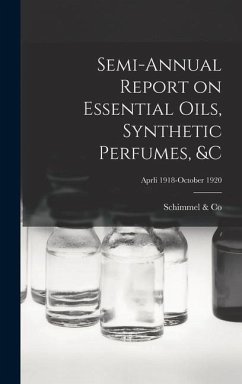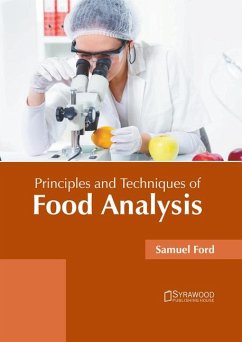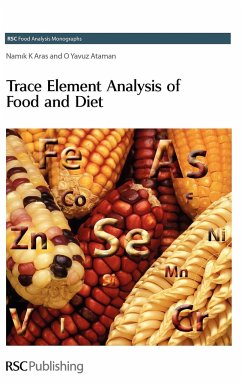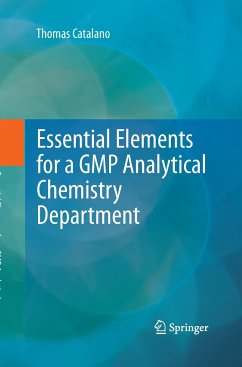
Food Analysis (Essential Food Science)
Versandkostenfrei!
Versandfertig in über 4 Wochen
137,99 €
inkl. MwSt.

PAYBACK Punkte
69 °P sammeln!
Food analysis is a discipline that is concerned with the development, application and study of analytical procedures for determining the properties of foods in terms of their composition, structure, physicochemical properties and sensory attributes. The structure of the food can be analyzed at molecular, physical and chemical levels. The analysis of the physiochemical properties of foods involves examining the rheological properties, optical properties, stability, and flavor of the food. The analysis of the sensory attributes of food helps in determining its quality and desirability. There are...
Food analysis is a discipline that is concerned with the development, application and study of analytical procedures for determining the properties of foods in terms of their composition, structure, physicochemical properties and sensory attributes. The structure of the food can be analyzed at molecular, physical and chemical levels. The analysis of the physiochemical properties of foods involves examining the rheological properties, optical properties, stability, and flavor of the food. The analysis of the sensory attributes of food helps in determining its quality and desirability. There are a range of methods used in food analysis including magnetic resonance (NMR) spectroscopy, gas chromatography (GC), atomic absorption spectroscopy (AAS), and high-performance liquid chromatography (HPLC). The technique of polymerase chain reaction (PCR) is also used for food analysis. PCR testing analyses specific DNA sequences and is primarily employed for identifying animal species in meat products. It is also used for detecting harmful pathogens and other microorganisms. This book traces the most recent advancements and trends related to food analysis. It is an invaluable source for reference for undergraduate students and professionals associated with the analysis of food.












